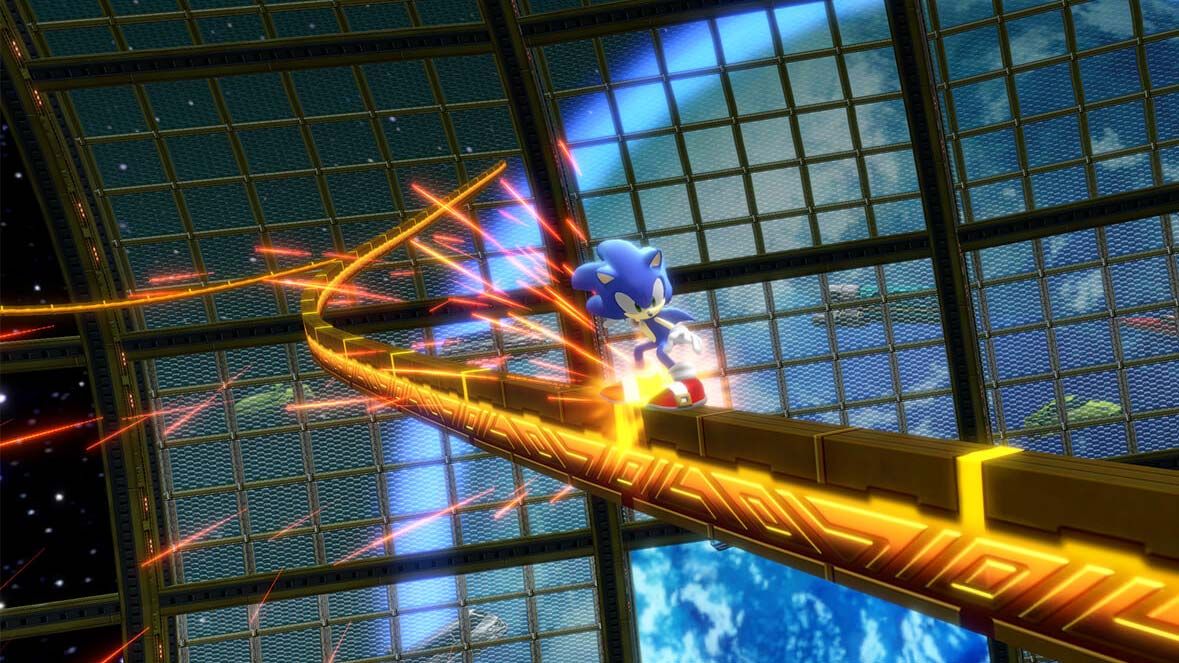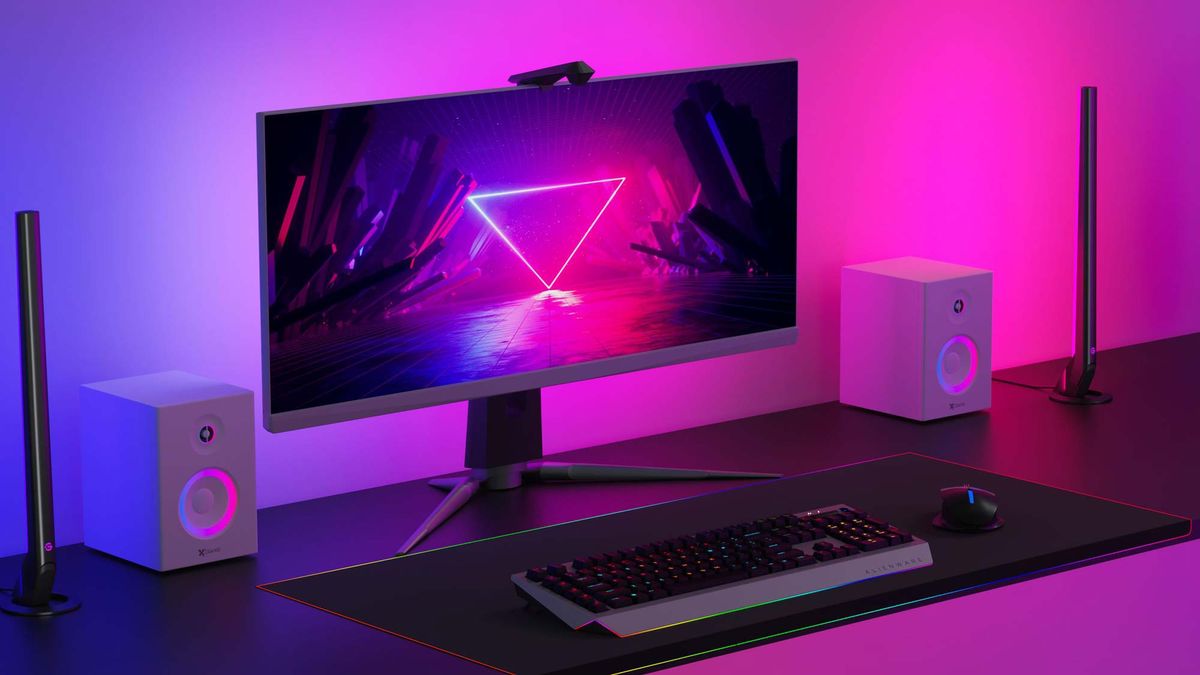With the critical reception of the Sonic the Hedgehog 2 film, the phenomenal ongoing Impostor Syndrome arc in the IDW comics, and the upcoming release of Sonic Origins, many gamers are rejoicing in the current era of Sonic, even with the upcoming release of Sonic Frontiers. However, rather than a celebration of a Sonic renaissance (Sonicsance? Sonicaissance?) it seems like there is an unspoken notion that we are leaving a worse Sonic behind.
There are differing opinions about what Sonic games are “bad.” The series has a history of spin offs, disconnected studios with miscommunications, labor issues, and a general lack of direction that caused many of them to become imperfect. This isn’t exclusive to the 3D games, many of these development conditions have been noted since Sonic’s beginnings including the sordid tale of Sonic X-Treme. Regardless of precisely when they started, these conditions have caused development woes throughout the series and, as budgets and developmental baggage have accumulated, these issues have become increasingly apparent.
For this reason, there are numerous groups of people who feel certain versions of Sonic are good and certain versions are bad. Most popular is the 2D versus 3D argument, in which many believe Sonic lost everything that made him Sonic during his translation to 3D. There are also people who debate between Adventure gameplay versus boost gameplay, which is comparing two different forms of physics design between Sonic games. Then there are those who believe that Sonic has just been bad after the release of Sonic Heroes.
It’s in this last argument that lies the group that has gone mostly unheard throughout the Sonic franchise, which is the fans of the Sonic games that most players ridicule. Check out the Sonic tags on Twitter or Tumblr, or a YouTube video of one of the 2000’s titles, and you will find countless players advocating for them. Yet, in discussions at large, be it critics, let’s players, streamers, or most casual gamers, these titles are considered distasteful.
What is it those players love in these largely criticized Sonic games? I reject the notion that Sonic had a “bad” era and propose that Sonic simply had an era where he wasn’t the hottest shit on the market.
While an argument over quality isn’t necessarily a constructive one, it’s important to consider why people react to media in the ways that they do, and why certain flavors of criticism/commentary develop. Despite all the flak Sonic has caught over the past two decades, the fan base has continued to grow and many have come to love the games which are considered infamously bad. Being critical of the way we talk about Sonic isn’t just for the sake of having a better critical outlook on Sonic, but to understand one example of the ways that culture at large misses a lot of the differing ways people experience games.
In fact, I would say that most of the Sonic games people say are bad, are pretty good actually, if not some of the best titles in the series. Sonic is just inconsistent in gameplay and tone. Let me explain.
2D vs. 3D
For almost 15 years the 3D sonics were generally over scrutinized. Naturally, players didn’t enjoy that after the 2D sonic games, much of what they loved about the series changed. Retro Sonic players didn’t care much for the large casts, and convoluted stories that a hedgehog with a voice had to offer.
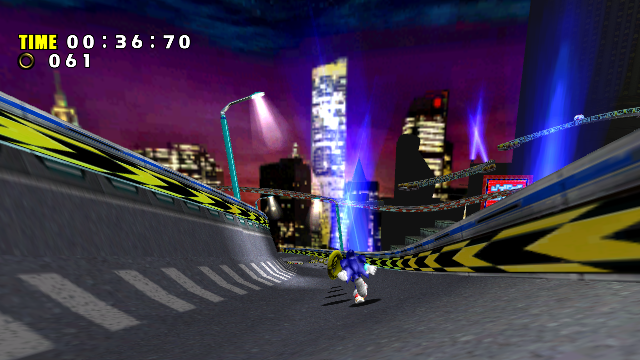
However, within the past 5 years, the early 3D sonic games have had somewhat of a renaissance. Many celebrate the Adventure games as the best period of Sonic. In these games, we saw Sonic rebel against the military police and we also got the Chao Gardens. These games, while different from their 2D counterparts, also reconsidered what Sonic could be for players. Sonic was no longer a speeding bullet streaking across scaling platforms but an absurdly fast object that broke many of the conventions built by other popular 3D platformers of the time. He also became a 3D platformer with action set pieces, and multi-character overarching narratives. Sonic’s translation to 3D was not indicative of a qualitative loss but of the ways games were changing.
Sonic’s translation to 3D unleashed Sonic from the restriction of cohesion and escapism that other games at the time aimed for. For 2D Sonic fans, this was antithetical to what Sonic stood for. The Genesis era of Sonic presented a prestige video game that competed with Mario in terms of cohesion and style. Now Sonic had glitches, stumbled around awkwardly on game geometry, and showed his imperfections. For 2D sonic fans, the Adventure era signaled the end of Sonic, but for others, the Adventure games presented a foundation to understand future Sonic titles. Sonic was no longer a prestige figure as much as he was a loveable rule breaker, not just in attitude, but in play.
However, the formula would only last so long, as the next game in the franchise would be their most polarizing title yet, a dubious honor it arguably still holds today.
As 2D Sonic fans, and even Adventure fans were beginning to grow older, SEGA was starting to experiment with maturing the games with the audience and presenting more serious storylines than in previous 3D titles.
Shadow the Hedgehog (2005)
Shadow the Hedgehog marks an important point in the Sonic Franchise, not just because it aimed for a mature audience but because it was the first game that presented an absurd concept that was easy for any outside player to brush off as a joke.
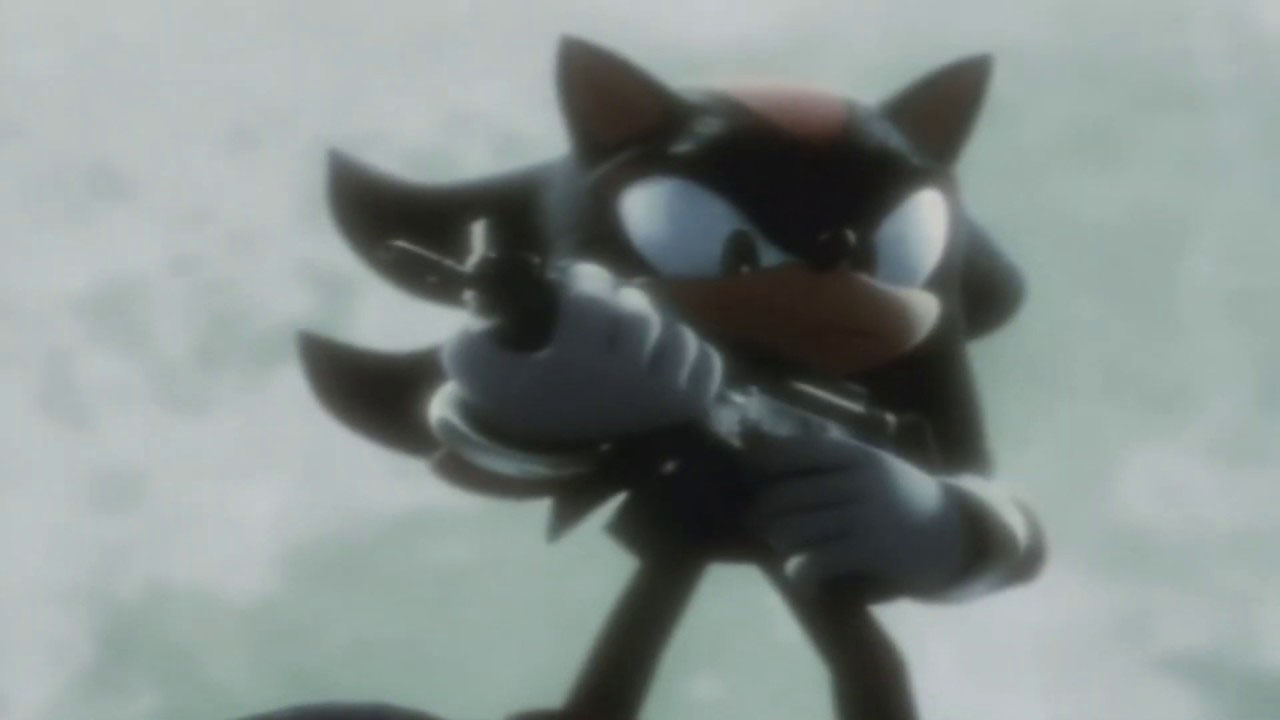
Guns have a long and deep-seated relationship with video games, so much so that in a large portion of them shooting is the primary form of interacting with the world. Games with guns, especially in the mid 2000s, saw increased conversations surrounding parental censorship of said games amidst increased budgets and hardware presenting more explicit content to their growing playerbase. Guns were a symbol that represented the division between mature games and games for everyone.
Sonic, while serious at times, was a platforming series that presented colorful worlds and fun-loving characters. It was a series that could almost be considered antithetical to the video game gun. However, Shadow the Hedgehog attempted to prove that there is no absurdity that is off limits in games. Games with guns are cool, and they sell, and that’s all they need to go together.
For these reasons, Shadow the Hedgehog was constructed in a series and time that would inevitably become a joke. It was the epitome of the gun meme before it became a meme. Despite this impression, many have found Shadow the Hedgehog to be one of the most compelling games in the series. As SoftandHollow has written on the game, Shadow the Hedgehog is a game about being misunderstood by the world around you while you are just trying to figure yourself out. It’s a game that is confused and messy, but somehow finds the right time for its emotional melodrama to surface amidst all the mess.
For most, Shadow the Hedgehog will be remembered as a joke about guns, but for others it is the first Sonic game throughout the 2000s that finds meaning despite all its flaws.
Sonic ’06 and Unleashed (2006-2008)
Sonic ‘06 couldn’t escape Shadow The Hedgehog’s reputation despite being developed by a separate team. Instead, its cultural presence ended up with a similar story to its previous title: An infamously messy development cycle, a slew of performance issues, and an increased amount of absurdity. However, the two differed in their paths to becoming a joke due to the developments of cultural criticism which formed around them. Where Shadow the Hedgehog proved how easily absurdity could be made into the butt of a joke, Sonic ‘06 was an example of how technical challenges can make people overlook decent qualities in a game for the sake of making it a joke.
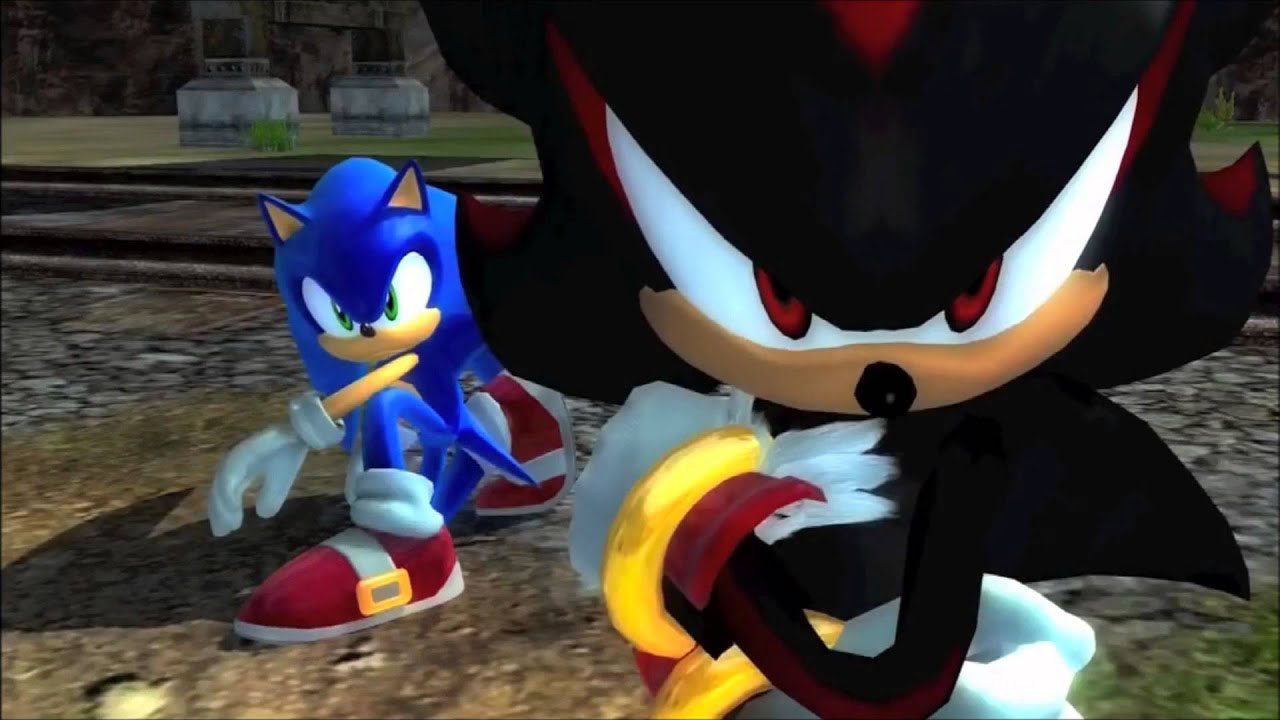
Throughout Sonic ‘06 there are a lot of problems that cause players frustration due to buggy interactions caused by strange level design. Characters move oddly slow during certain speed sequences, the new fast Sonic sequences were too sensitive, causing players to wipe out if they twitched the wrong way, and some of the new character abilities, such as Tails’ dummy ring bomb, would awkwardly interrupt character flow.
YouTube critic culture only amplified this as the late 2000s and early 2010s found game development to be the easy butt of a joke and equated it to criticism. This was prior to the popularization of the modern YouTube video essay, and was influenced by shows like Xplay.
The chief example of this for Sonic the Hedgehog is when the Game Grumps made their let’s plays, a 106 episode series finding every single reason to put the game down for the sake of a laugh. It’s hard to convey just how much this changed the public perception of Sonic without writing an entire piece on it. Going back to some of the episodes now, it’s clear why. From the get go, the attempt at playing Sonic the Hedgehog doesn’t feel like a genuine attempt to find something meaningful from the game. Rather, Sonic ‘06 is chosen for the show because it feels like an easy game to dunk on.
It’s notable that this was also a major way many people consumed not only Sonic ‘06, but Sonic in his modern form. The Game Grumps were one of the biggest players of the time and their Sonic ‘06 series was one of their most popular.
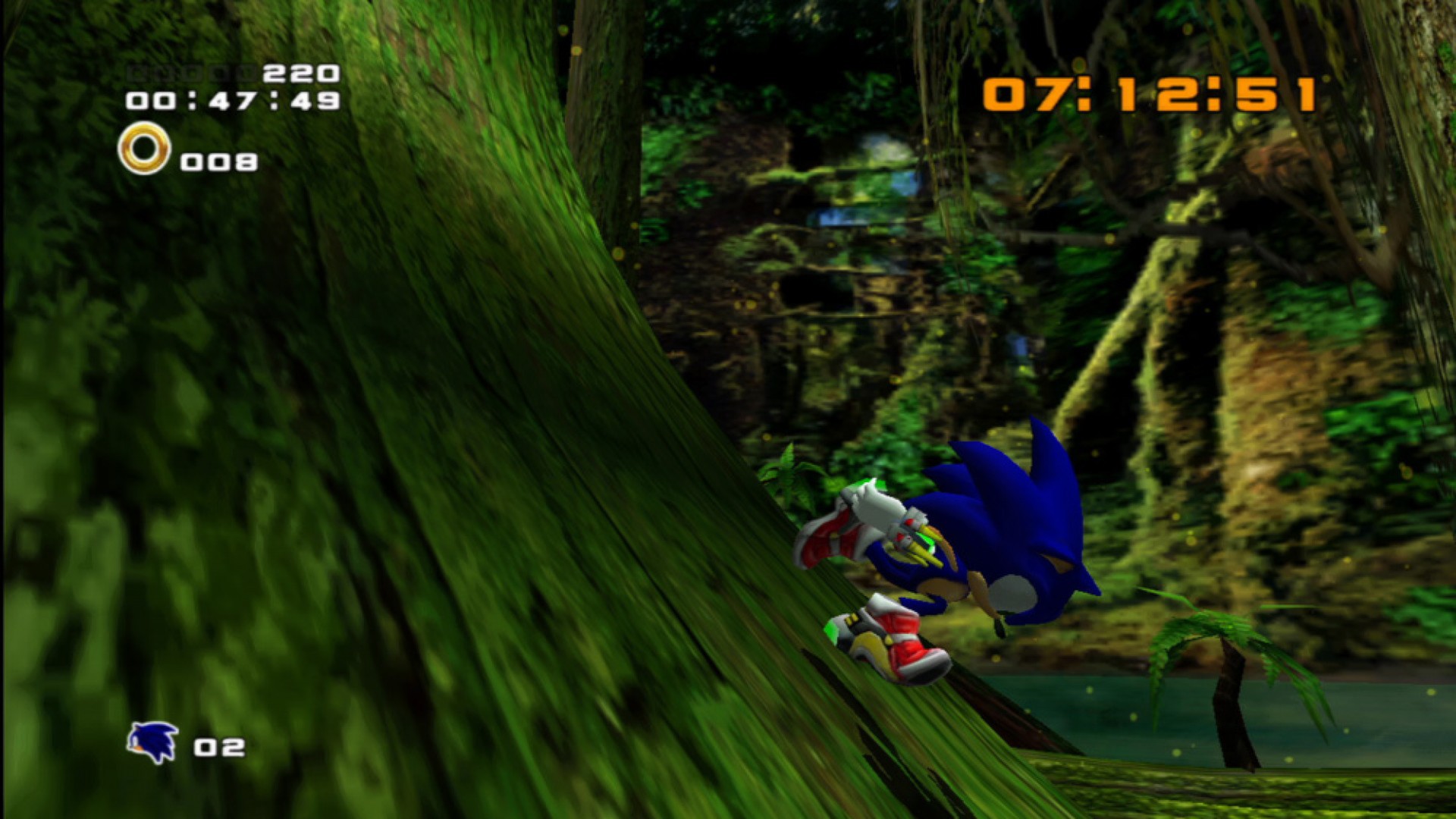
In the face of all this, Sonic ‘06 fans are some of the most vehement of all Sonic fans about the game’s quality. Despite all of its problems, Sonic ‘06 had one of the deepest stories in the franchise. Silver the Hedgehog watches his best friend die as he searches for the reason that his future is in shambles, Shadow the Hedgehog is dealing with a future where the world and his closest friends have turned against him, and Sonic the Hedgehog actually dies. While Sonic Adventure 2 dealt with Sonic against the world government and asked questions of identity, Sonic ‘06 advanced the stakes and asked the furry characters to consider what happens when they die, and when the world goes to hell with them.
On top of this, much of the level design in Sonic ‘06 feels like a succession to Sonic Adventure 2, where Sonic Heroes and Shadow the Hedgehog can clearly be felt as designed by someone else. The levels of Sonic ‘06 are more grounded in place and create more dynamic setpieces for the characters to go through than just multiple loops and grind rails placed throughout the map. Considering that remains the last multi-character Sonic game, it feels like the final entry in the Sonic Adventure franchise that we never got.
In fact, I would go so far to say that Sonic ‘06 isn’t bad as much as it was the first time an entry in the main series blundered. The original Sonic Adventure titles had their problems and so did Shadow the Hedgehog. However, Sonic ‘06 was the first title that many found too frustrating to even continue playing, frustrating not only a general audience but longtime dedicated fans as well. Another aspect that I think hurts this game’s reputation is the fact that games typically don’t get a second chance to revitalize their public opinion once it stops being a “new game” unless it stumbles into a notable revival. For Sonic ‘06, it’s hard to see a way it could happen.
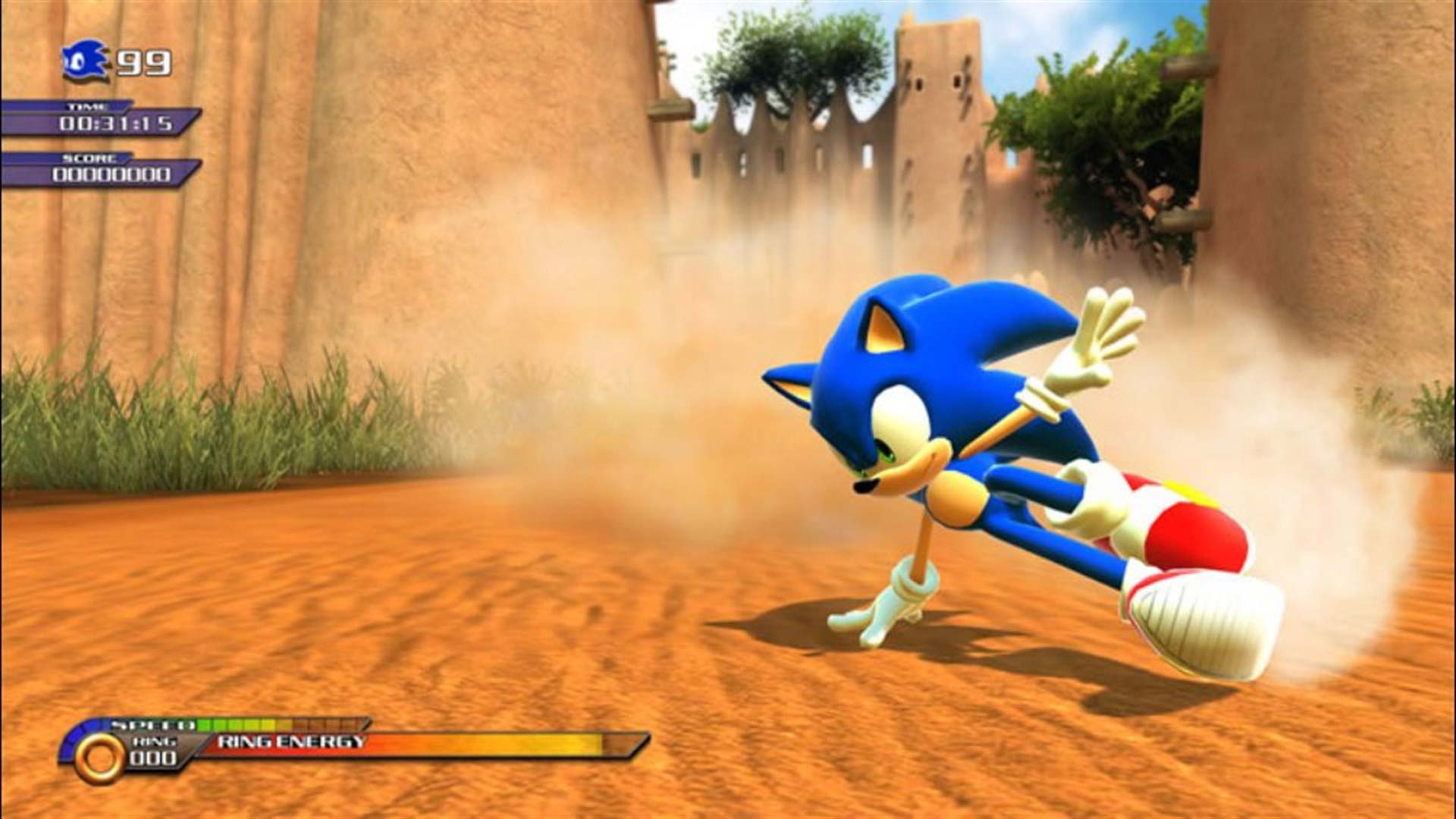
Sonic Unleashed attempted to cut back on the multi-character superhero origin story of Sonic ‘06. As noted in an interview, the team was attempting to distance itself from the most recent Sonic titles. Instead, the team brought back Sonic’s 2D gameplay and introduced a new set of moves for Sonic to utilize as the werehog.
But by this point, the Sonic franchise had already put the nail in its own coffin. It had blundered in the eyes of the public, and there wasn’t any room for the series to experiment like before. Ironically, Unleashed is a game that had the least problems when going back to it. Many critics noted that the main problem was night-time gameplay and a weak storyline. But these criticisms are of aspects that took the series in a new direction.
The daytime sections of Sonic Unleashed revitalized 3D Sonic with a new way to traverse environments. Rather than being burdened by awkward physics, Unleashed put Sonic on a track much more like a roller coaster. This allowed for the high speed sequences that Sonic ‘06 aimed for without punishing the player for awkwardly colliding into parts of the environment. This was the beginning of what became known to many Sonic fans as “boost” Sonic. The levels in Sonic Unleashed were also incredibly vivid and exciting to run through.
The combat isn’t so bad in Unleashed as much as it’s longer and comparatively average in comparison to the the speedy Sonic sections of the game. When looking at Unleashed versus Sonic Adventure, there is the same amount of dull werehog and Big the Cat sections to go with the exciting Sonic sections. The primary difference is the public perception of Sonic at the time.
Sonic Colors, Generations, and the present
Sonic Colors would solidify Sonic Team’s position of rebooting the Sonic franchise with every game. Look at any advertising previous to the release of the game, and a lot of it feels apologetic. Sonic Unleashed attempted to move away from the brand damage caused by Sonic The Hedgehog. Now Sonic Colors was attempting to move away from the absurdity that lasted throughout the 2000s, including Unleashed. The primary way Sonic Team did this was by moving away from the Sonic game elements in the 2000s, and looking to Mario for inspiration.
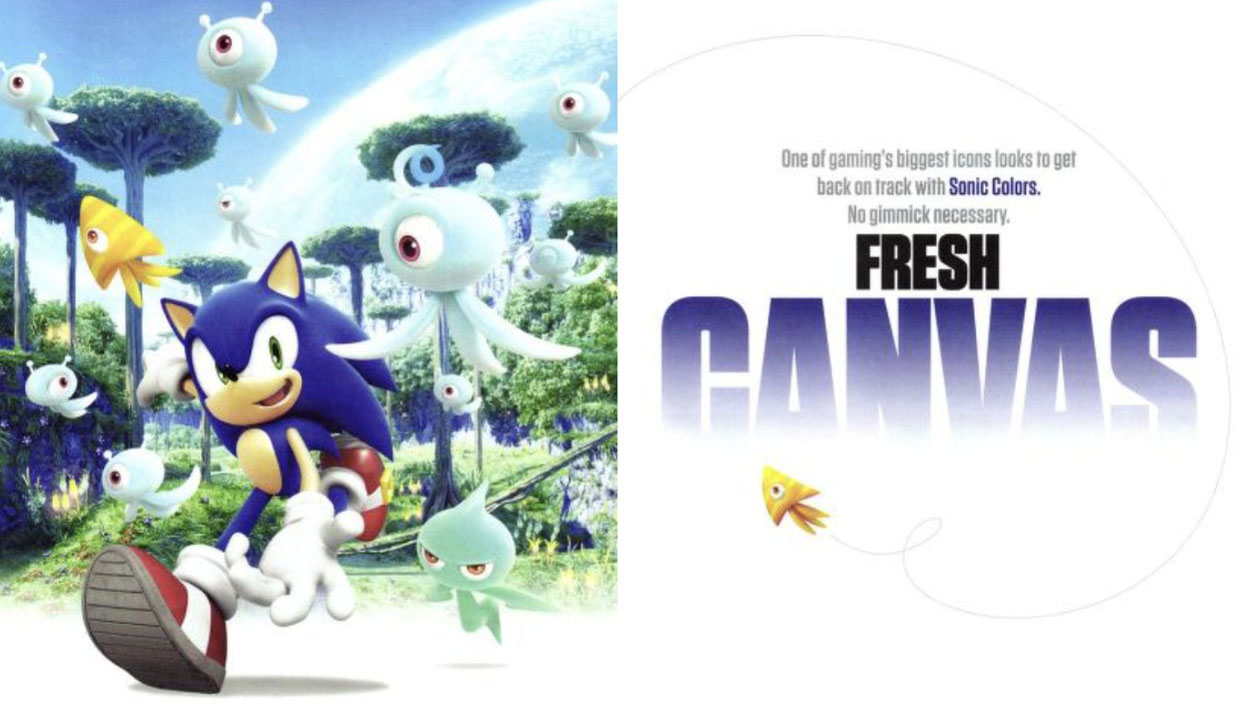
Colors came to be known as one of the best Sonic games in the series. It reviewed fairly well upon release, but it was also one of the lowest selling games at launch. For a long time, many Sonic Colors fans were found only within Sonic fandom spaces shouting about how Sonic was good again, but no one was willing to pick up the Wii game.
Colors isn’t a bad game, however what I find disappointing about Colors is that Sonic Team largely gave into the general public’s dismay about Sonic’s identity. The developers transformed it into something similar to Mario, which Sonic has always been designed in opposition to. Rather than understand the individual problems that caused Sonic the Hedgehog and Sonic Unleashed to fail in comparison to the Adventure series, Sonic Team decided to forego Sonic’s identity entirely.
Sonic Generations also succeeded because Sonic Team ditched the designs of the past decade, and recycled the hedgehog as an icon of the past as opposed to something new. It didn’t present any absurd mechanics or themes, the story wasn’t anything more than a series of nostalgic reference points, and the game was primarily focused on giving players a chance to relive the parts of the Sonic series that presented the most nostalgia. Even levels from the more criticized titles, Sonic Unleashed and Sonic The Hedgehog, found their way into Generations, only this time sterilized of the emotional complexity and level design experiments attempted in the original titles.
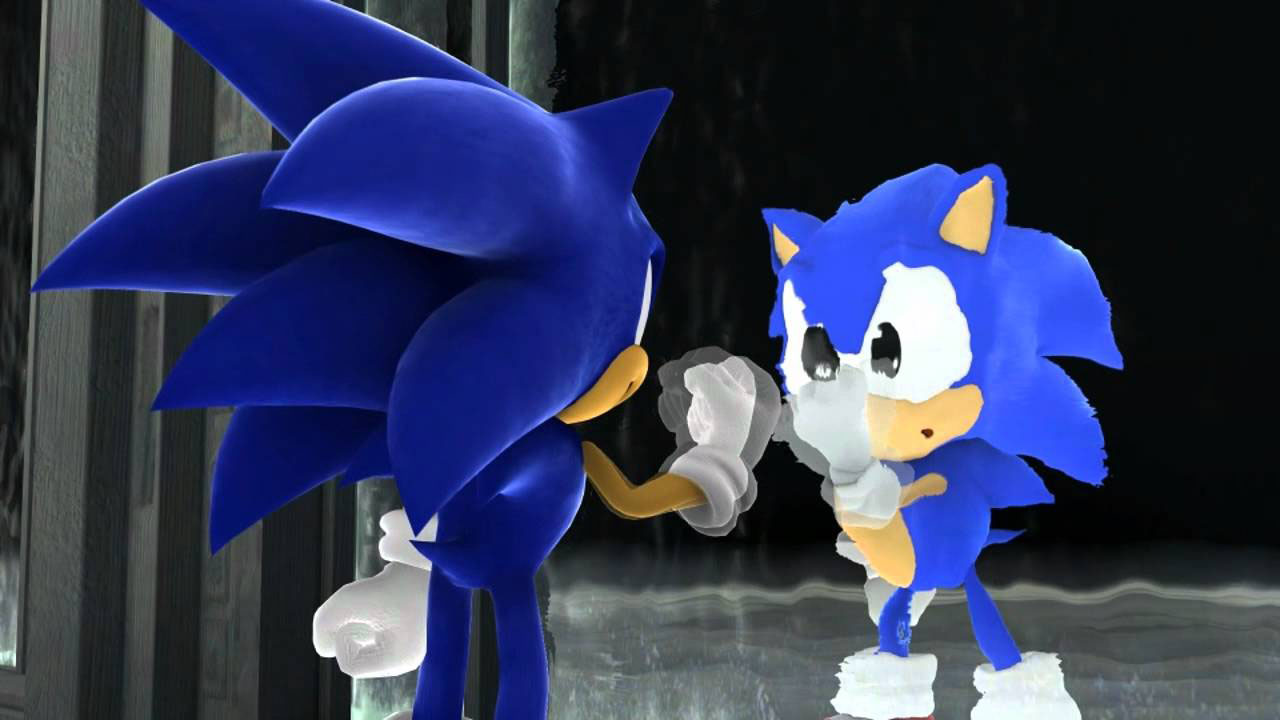
It also introduced Classic Sonic as a form of comparison to Modern Sonic. The funny thing about Classic Sonic is that he doesn’t look that different from Modern Sonic. Both of them are blue, have the same quills, gloves, and iconic red shoes. They have some differences in height and eye color, but really the changes aren’t too drastic. Classic Sonic isn’t a separate character because he looks different from modern Sonic. Rather, he is a version of Sonic that has washed away all the bullshit. This is primarily exemplified by the fact that Classic Sonic does not speak. No more dialogue from Sonic means no more “convoluted” storylines, just like the old 2D days.
Coming up to speed to today, the new Sonic the Hedgehog films further this aim of presenting Sonic as a figure of nostalgia. With each film, a new set of characters are teased to play out a series of events from one of the games with a dedicated fanbase. Sonic is alone in the first movie and starts off in the green hill zone. Tails and Knuckles are introduced in the second movie to replay events from the popular Sonic 3 & Knuckles. If you saw the teaser for the third movie, you know what game they are going to adapt next and I won’t spoil it for others.
The Sonic the Hedgehog movies are following the MCU’s playbook of rehashing events that the original material has left behind but adapted to film for the sake of nostalgia. His rings are but a husk of the worlds which they used to inhabit. They are merely iconography of a time where Sonic developed and experimented with its world and characters. Though, since it’s the first time in a long time Sonic has appealed to a nostalgic broad audience, and he is largely succeeding, no one bats an eye.
Conclusion
Screw the notion that Sonic has been bad for a long time. Sonic has never been bad. I’m not just saying that because I want to defend this property I am a fan of. It’s because the form of criticism that surrounded the series is tired and uncritical. After all, the majority of Sonic fans have come to terms with the form of Sonic games and find beauty in what they have to offer.
This also shows how much criticism of “new” games form our cultural consensus. The fans who continue to uphold these under-appreciated games have gone back to the older games after the fact, or grew up with them. In these contexts, Sonic didn’t have to be amazing, he just needed to be the melodramatic, messy hedgehog he had always been.
There are a plethora of ways we can critique a text. We can critique it to match the standards which culture at large has dictated. For games like Sonic, it’s deciding whether a game is good or bad based on its performance and normative adaptation of story structure. However, we can look deeper to understand why there are people Tweeting to defend Sonic Unleashed or Sonic ‘06. We can give the benefit of the doubt to games that get trashed on and find something more meaningful, something that explains why people feel the way that they do. It’s better to offer honest criticism than throw blanket statements like it “diluted the brand” or “it was just plain bad,” Coming to this understanding is not only healthy for the sake of criticism but also helps us understand why we interact with media in the ways that we do.

